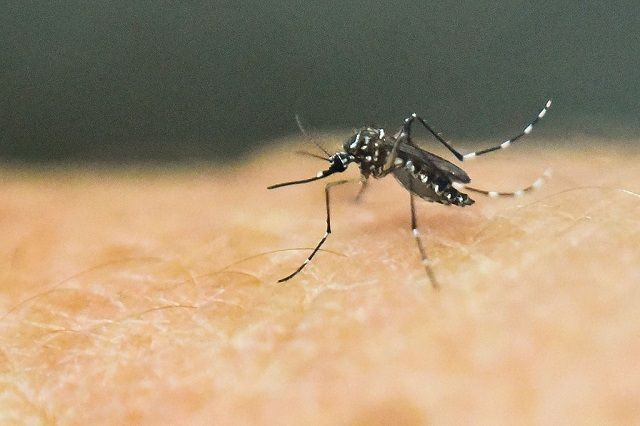Zika Virus Update: Woman Carried Virus In Vagina For Two Weeks

A new case report published in Emerging Infectious Diseases has reaffirmed an unsettling aspect of the mosquito-borne Zika virus — it can survive in both men and women long after the initial infection has passed.
Doctors reported on the case of a 26 year-old white women who returned to the U.S. from a trip to Honduras in mid-May of this year. Five days after she touched down, she developed several of the tell-tale symptoms of Zika, including headache, fever, and rash, and laboratory tests soon confirmed the virus’ presence. Doctors detected Zika in her saliva 8 days after her return, in her vagina 14 days after, and in her red blood cells a whopping 81 days later — the latter two being the longest recorded durations in those parts of the human body to date. Thankfully, the woman herself eventually fully recovered by day 17.
“With the recent finding of possible female-to-male virus transmission, infectious virus might be present in the vaginal canal and could serve as a risk for sexual or intrapartum transmission,” the authors said. However, they added, their tests couldn’t determine if and for how long the Zika they found in her vagina was capable of replicating and infecting others.
As the authors noted, their findings are supported by earlier research, including a study of female mice that found similar survival times for the virus in the vagina. Meanwhile, Zika has been found in the semen of male patients for up to 93 days. In light of these studies and documented cases of sexual transmission, the Centers for Disease Control and Prevention have recommended that people traveling back from areas of the world where Zika is active avoid condomless sex for up to six months in the case of men confirmed to have Zika, and 8 weeks for women, as well as men without any symptoms.
While 80 percent of Zika patients experience little to no symptoms, its ability to cause severe birth defects in infected developing fetuses has spurred a global crusade to understand and ultimately contain the virus. Currently, there have been nearly 4,000 confirmed cases of Zika within the continental U.S. detected and nearly 900 among pregnant women, according to the CDC.
The doctors also uncovered yet another surprise about Zika. Their patient developed a particular type of rash on her hands and legs during infection, one that caused her skin to peel off. The report marks the first time that this “desquamating rash,” as it’s formally called, has been noticed in Zika patients, they said.
Source: Murray K, Gorchakov R, Carlson R, et al. Prolonged Detection of Zika Virus in Vaginal Secretions and Whole Blood. Emerging Infectious Diseases. 2016.
Published by Medicaldaily.com



























